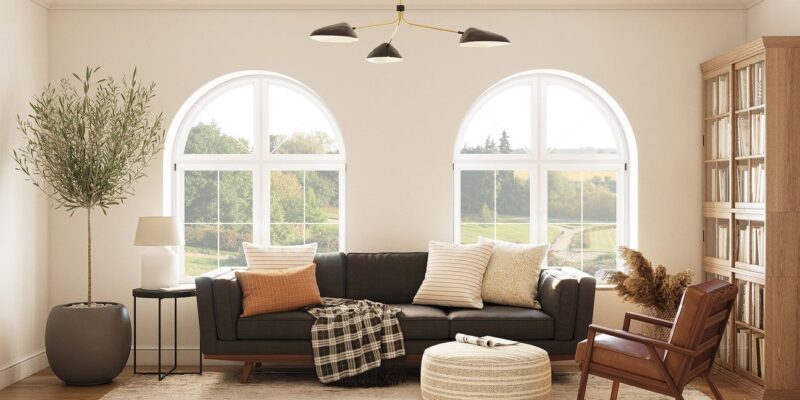
In an era where environmental consciousness is at the forefront of consumer decisions, the pursuit of sustainable and eco-friendly living extends beyond daily practices to the very essence of our homes. Sustainable elegance in furniture choices has emerged as a guiding principle for those seeking to harmonize style with a commitment to the planet. This journey explores the intersection of design and environmental responsibility, unveiling the diverse landscape of eco-friendly furniture choices for the modern home.
Materials Matter
At the heart of sustainable elegance lies a thoughtful consideration of materials. Eco-friendly furniture prioritizes renewable and recycled resources, minimizing the environmental impact of production. Bamboo, a rapidly renewable resource, has gained popularity for its strength and versatility in furniture design. Recycled wood, salvaged from old structures or furniture, not only reduces deforestation but also imparts a unique character to each piece. Choosing furniture crafted from these materials is a step towards a more sustainable and elegant home.
Upcycled Masterpieces
Upcycling, the process of repurposing discarded materials into new creations, is a hallmark of sustainable elegance. Artisans and designers transform old doors into rustic tables, discarded pallets into chic seating, and reclaimed metal into statement pieces. Embracing upcycled furniture not only contributes to waste reduction but also adds a touch of individuality and history to the home. Each upcycled piece carries a story, creating a narrative of sustainable living within the confines of your living space.
Modularity and Longevity
Eco-friendly furniture embraces the principles of modularity and longevity, aligning with a conscious approach to consumption. Modular furniture allows for flexibility and adaptability in design, accommodating changing needs and preferences. By investing in pieces designed for durability and timeless appeal, such as those at Ligne Roset in Hampstead, consumers contribute to the reduction of furniture waste. Sustainable elegance thrives on the notion that furniture should endure, both in terms of style and structural integrity.
Artisanal Craftsmanship
Choosing furniture crafted locally and through artisanal practices is a key facet of sustainable elegance. Local sourcing reduces the carbon footprint associated with transportation, while supporting artisans fosters a connection between consumers and the hands that shape each piece. This emphasis on local and artisanal craftsmanship not only contributes to the sustainability of communities but also brings a sense of authenticity and character to the furniture chosen for the home.
Redefining the Lifecycle of Furniture
The concept of the circular economy has gained momentum in the realm of sustainable furniture. Rather than following a linear path of production, consumption, and disposal, the circular economy promotes a closed-loop system. Furniture designed with this principle in mind is intended to be easily disassembled, repaired, and eventually recycled or repurposed. Embracing the circular economy in furniture choices is a visionary step towards a future where sustainability and elegance coexist seamlessly.
Conclusion
Sustainable elegance in furniture choices is more than a design philosophy; it is a commitment to shaping a home that reflects values of environmental responsibility and conscious living. From the choice of materials to the principles of upcycling, FSC certification, and the embrace of the circular economy, each decision contributes to a harmonious home for the future. As consumers become increasingly aware of the impact of their choices, the demand for eco-friendly furniture continues to shape the landscape of interior design, proving that elegance and sustainability are not mutually exclusive but rather integral partners in creating a home that stands the test of time.











